Harmonic Analysis (RMA) Worksheet for the song: "Rock Around the Clock"
Harmonic Analysis (RMA) Worksheet for the song: Rock Around the Clock.
Rock Around the Clock "Rock Around the Clock" is a rock and roll song in the 12-bar blues format written by Max C. Freedman and James E. Myers (the latter being under the pseudonym "Jimmy De Knight") in 1952. The best-known and most successful rendition was recorded by Bill Haley & His Comets in 1954 for American Decca. It was a number one single for two months and did well on the United Kingdom charts; the recording also reentered the UK Singles Chart in the 1960s and 1970s.
The recording is widely considered to be the song that, more than any other, brought rock and roll into mainstream culture around the world. The song is ranked No. 159 on the Rolling Stone magazine's list of The 500 Greatest Songs of All Time.
After the 8 bar intro, Rock Around The Clock is a basic 12 bar blues.
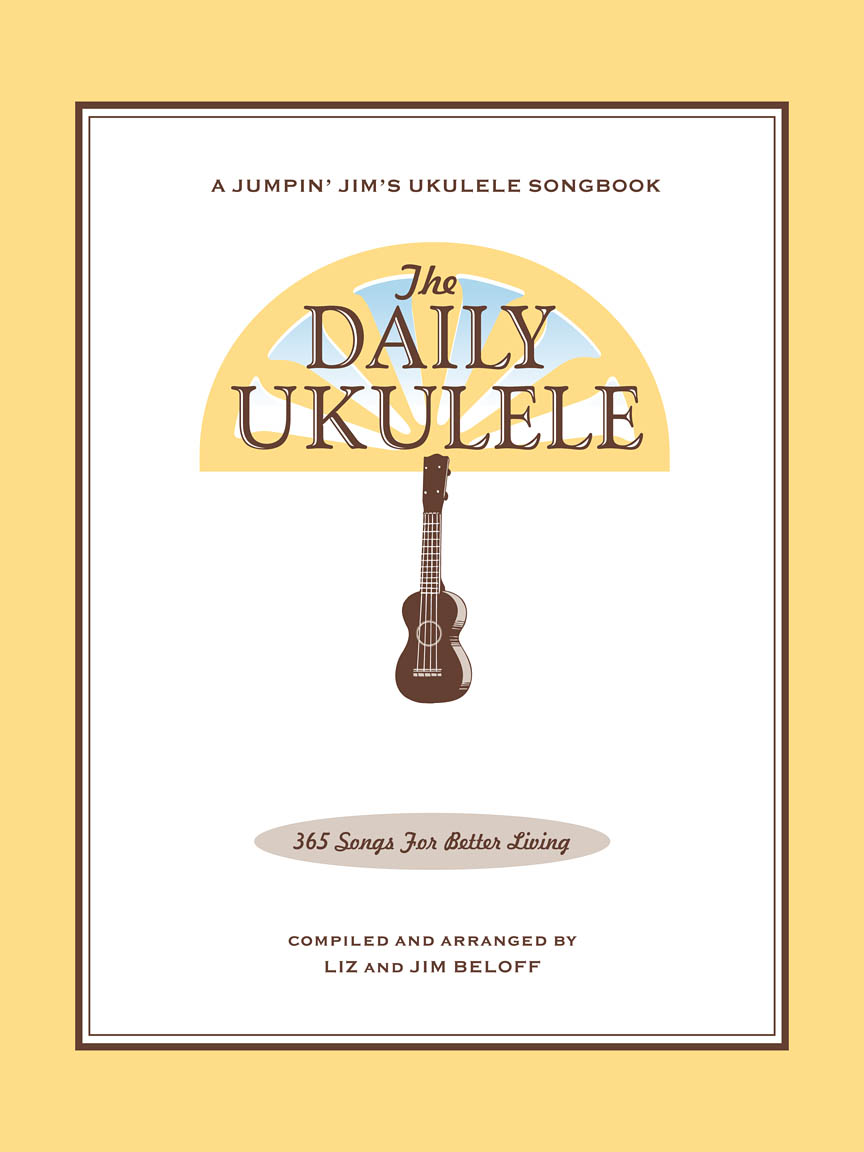
The Daily Ukulele— 365 Songs for Better Living book.






Psuedo Intro
12 Bar Blues
Repeat until the clock strikes twelve,
and then take the ending.
Ending
* The Bb7 is a Chromatic approach down to the A7 . With it being in the ending one would typically not solo over it.
A Harmonic Analysis (RMA/HA) and its worksheet are intended to show the function of the chords, the harmonic principles used, the keys and tonalities the song explores. And, can be used for scale selections and chord and scale substitutions.
lead leadsheet.Minimal roadmap information such as repeats, fine, D.S., D.C., and codas has been used in preparing the worksheets to somewhat mirror the leadsheet in the Daily Ukulele book.
Yellow Book. You should start to recognize that 1st endings typically always return to a previous verse or an
 section. With a 2nd ending, a transition to a different part of the song, a
section. With a 2nd ending, a transition to a different part of the song, a  or chorus. Harmonic Principles are used for these repeats and transitions.
or chorus. Harmonic Principles are used for these repeats and transitions.Rock Around the Clock is in 4/4, Common Time and the Key of D . Original in the Key of A , at 173 bmp.

The D Minor Pentatonic / D Blues [ D F G A C D' ] for short is a great choice with ALL the chords in this song coming straight out of the scale.
The D Major Pentatonic / D Pentatonic [ D E F# A B D' ] for short is also a great choice with ALL the chords in this song coming straight out of the scale.
Contemporary Scales: Minor Pent: Minor Pentatonic, Pent: Major Pentatonic, Blues,
Scale/Mode Names: Ion: Ionian (Major), Dor: Dorian (Minor), Phrygian: Phrygian, Lyd: Lydian, Mix: Mixolydian (Dominant), Aeol: Aeolian (Natural Minor), Loc: Locrian


A worksheet is often, really not needed with such a simple Blues, Full Diatonic chord progression.
The Blues is a Simple I , IV , V chord progression. The Tonic , Subdominant and Dominant , the Primary chords of the major key. The chords are either major or seventh. For a minor blues the I and IV are minor.
In a short amount of time you'll come recognize these simple chord progressions, just by the chord grids listed at the top of the leadsheet (page).
Here is the original guitar solo by Danny Cedrone as recorded on the Decca Records, Bill Haley and The Comets recording session of April 12, 1954 and transcribed for ukulele in the key of the Daily Ukulele book version.
Down a PDF of the Solo in Standard Music Notation and TAB for C Tuning.

Related Lessons, Videos, Lesson Series, Songs, Books & Reference Charts, Resources & Assets, Workshops are below.

Harmonic Analysis (HA), also known as the study of chord relationships, is the method used to identify the harmonic role of chords within a chord progression or song. A chord progression refers to a sequence of chords, with each chord having a root note and belonging to a specific chord type. The function of a chord within a particular scale's tonality is determined by its relationship to that scale.

Harmonic Analysis is the understanding of the functional sequence of chords. It is the process used to analyze the harmonic structure of a progression, song or composition. This analysis is then used to make scale selections for improvisation and chord substitution.
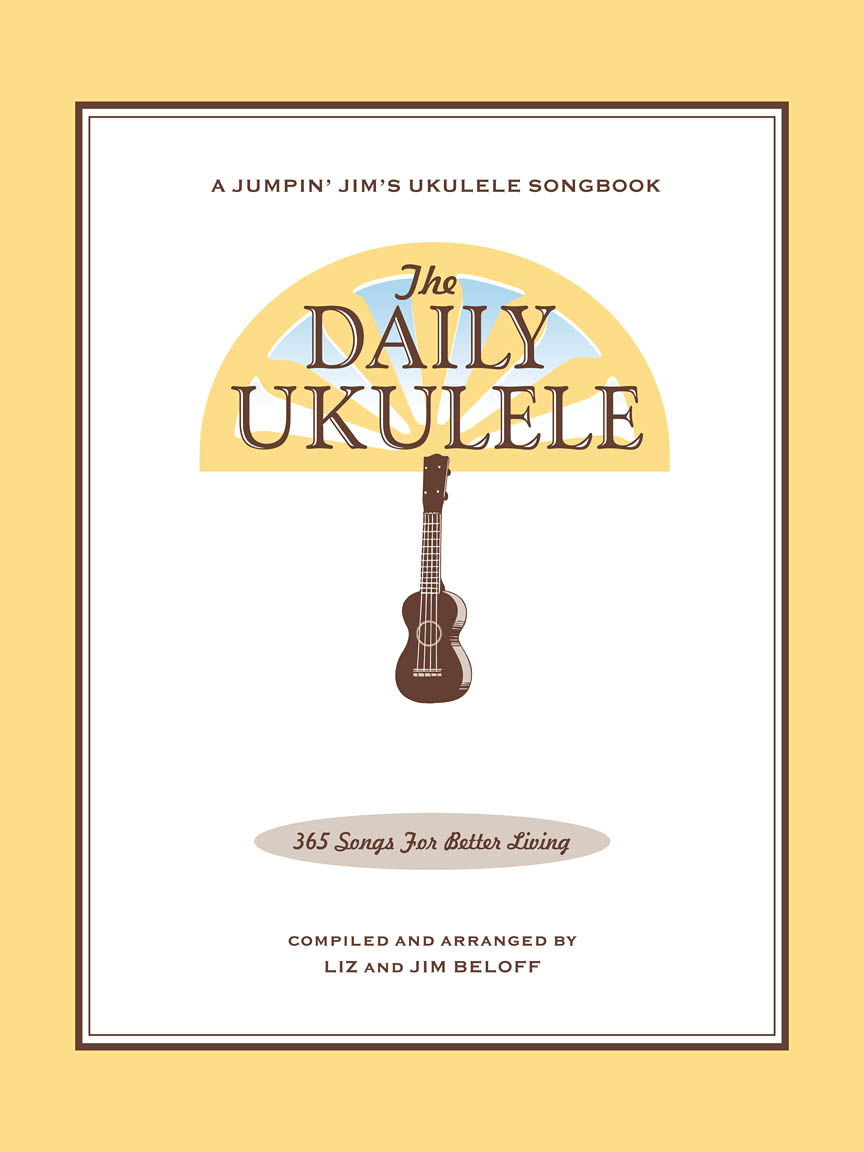
Strum a different song every day with easy arrangements of 365 of your favorite songs in one big songbook! The Daily Ukulele features ukulele arrangements with melody, lyrics and uke chord grids and are in ukulele-friendly keys that are particularly suited for groups of one to one hundred to play and sing.
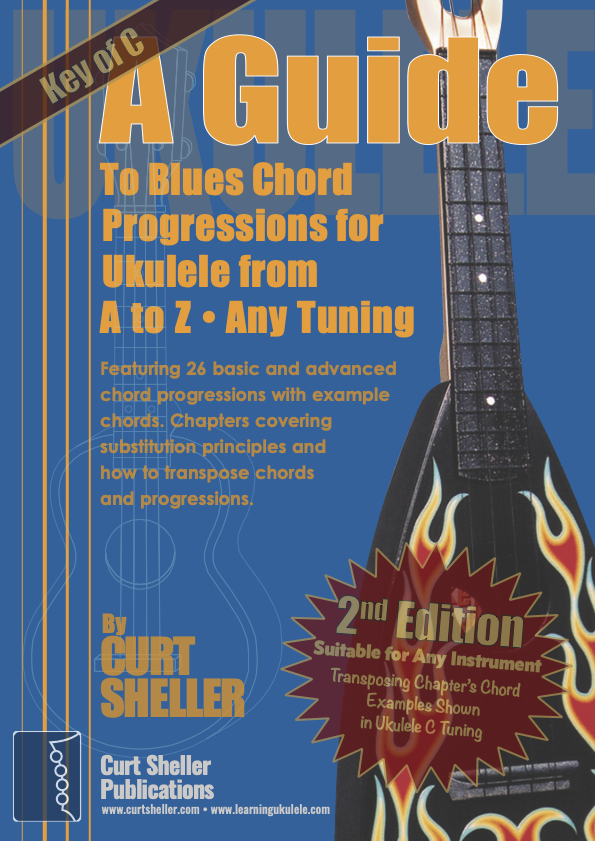
The Blues are at the heart of all American music. It has influenced Country, Rock, Folk, Jazz, Bluegrass and just about every form of American music we listen to today. 26 blues progression in C and G tuning, progressing from basic to advanced jazz progression, with chord grids and substitutions explained.

Finally, learn the names of the notes of the ukulele fingerboard in C tuning .

Learn the six fingering principles to navigating the ukulele fingerboard. Fingering is one of the most universal topics. Book: Six Secrets of the Ukulele Fingering

Harmonic Analysis is the understanding of the functional sequence of chords. It is the process used to analyze the harmonic structure of a progression, song or composition. Book: Harmonic Analysis for Scale Selection and Chord Substitution

Learn to read single note melodies in the first/open position is a lot easier than you might think. Book: Ukulele – Reading Music Series – Primer

An organized collection of daily practice and reference material for the contemporary ukulele player for developing the vocabulary and knowledge necessary for single note playing. Book: Daily Practice Material for the Contemporary Ukulele
Checkout the Books & Reference Charts for additional Handy, Dandy Reference Charts.

Ukulele Fingerboard Chart for C Tuning, Low or High G – G C E A

Ukulele Fingerboard Chart for G Tuning, Low or High A – D G B E

A handy reference chart of all 15 major and relative minor key signatures. US Letter 8.5 x 11 sized (ANSI-A), A4
Checkout the Books & Reference Charts for additional Handy, Dandy Reference Charts.



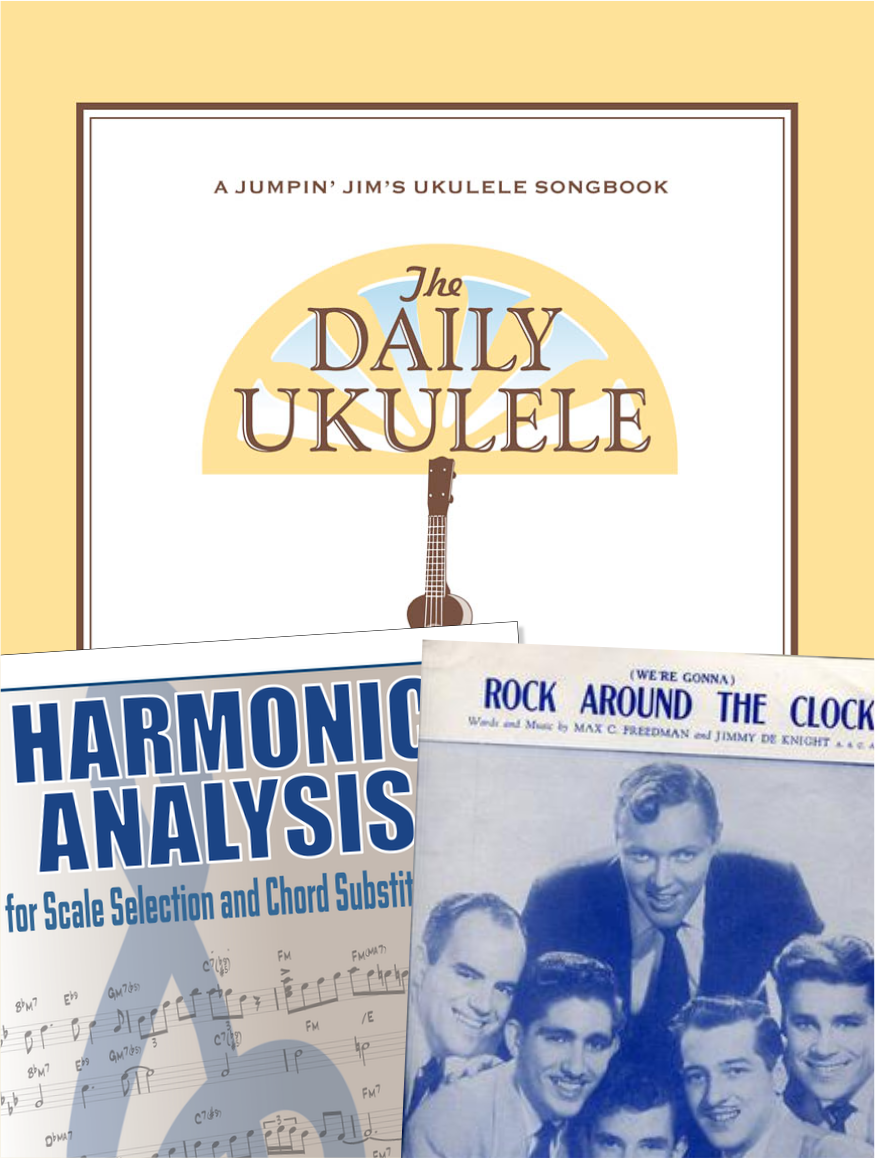

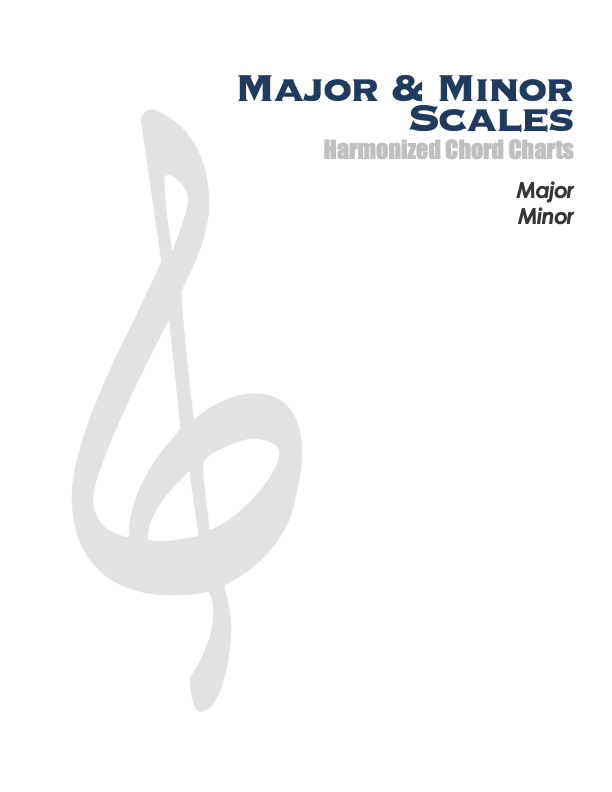
.jpg)